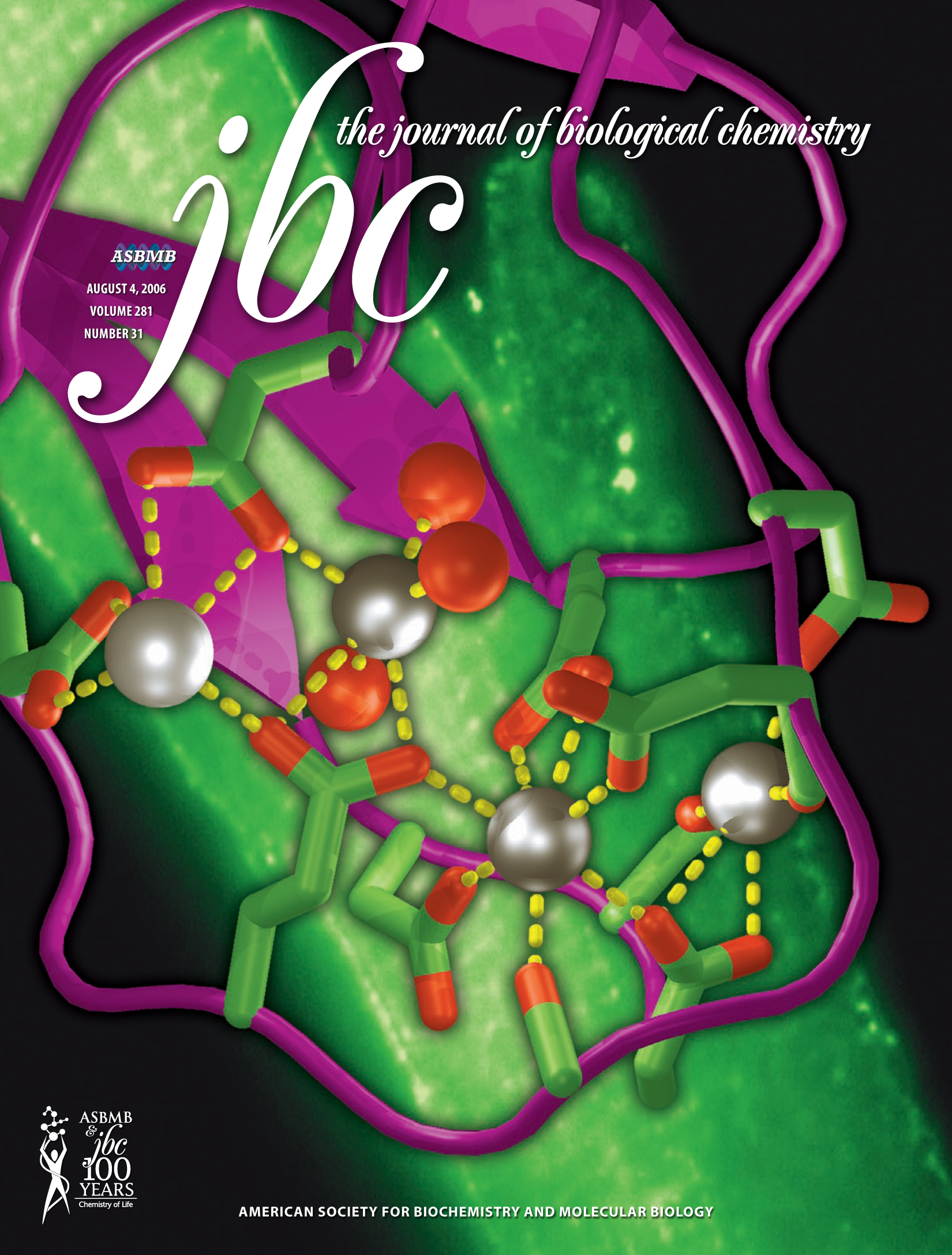Update & Download
The most recent version can be obtained at the Insilab web page.
Description
In order to help in identification of conserved water sites, we developed ProBiS H2O workflow that supports the complete
process of data collection, extraction, identification of conserved water locations and result visualisation. ProBiS H2O
workflow adopts the available experimental pdb data deposited in online databases or local user experimental data
collections, collects similar macromolecular systems, performs local/specific binding site superimposition with the
computational speed and accuracy of ProBiS algorithm, collects the experimental water location data reported in the
parent macromolecule systems and transposes gathered data to the examined system, its specific chain, binding site or
individual water. Water location data is then ..→

